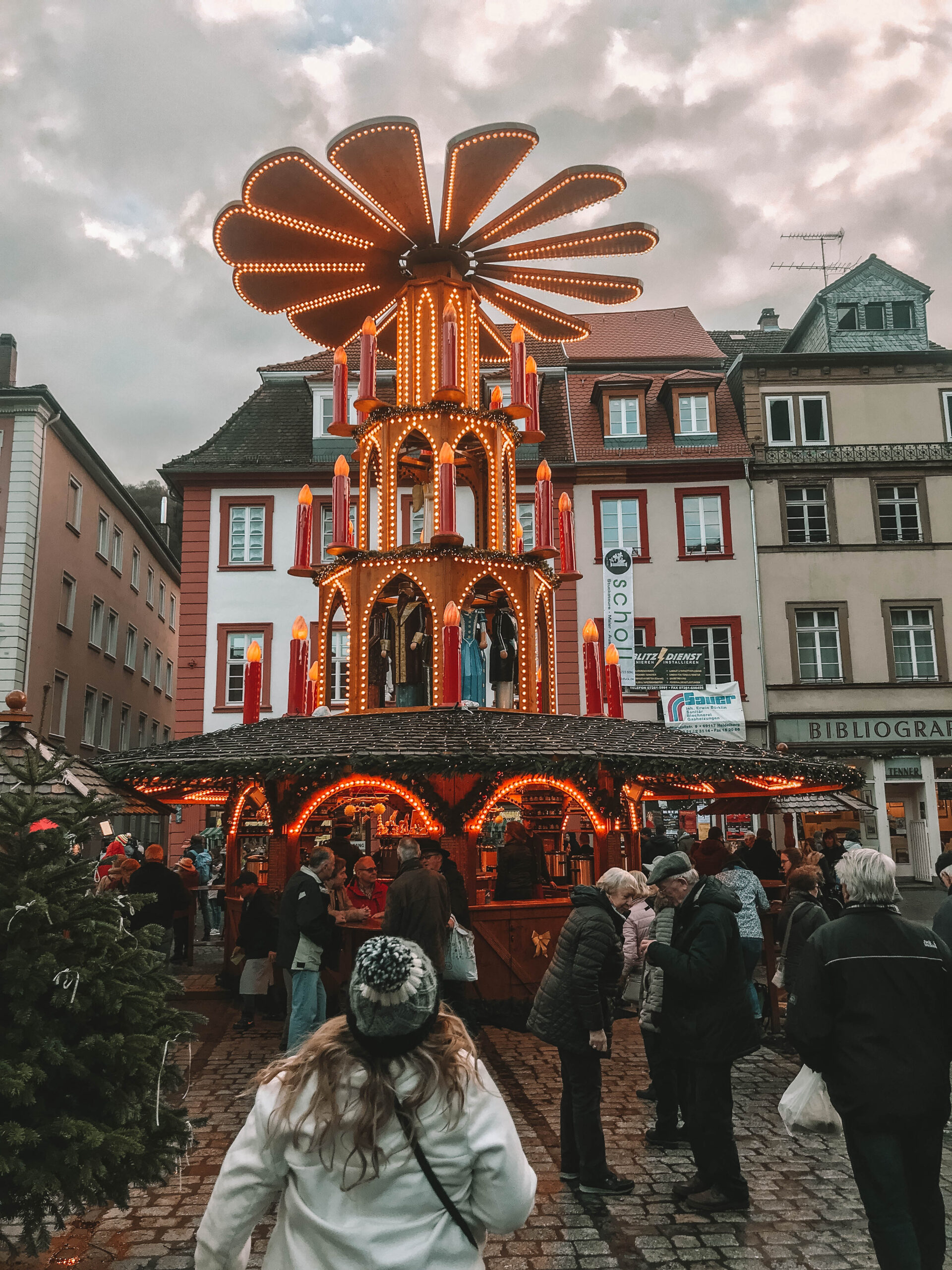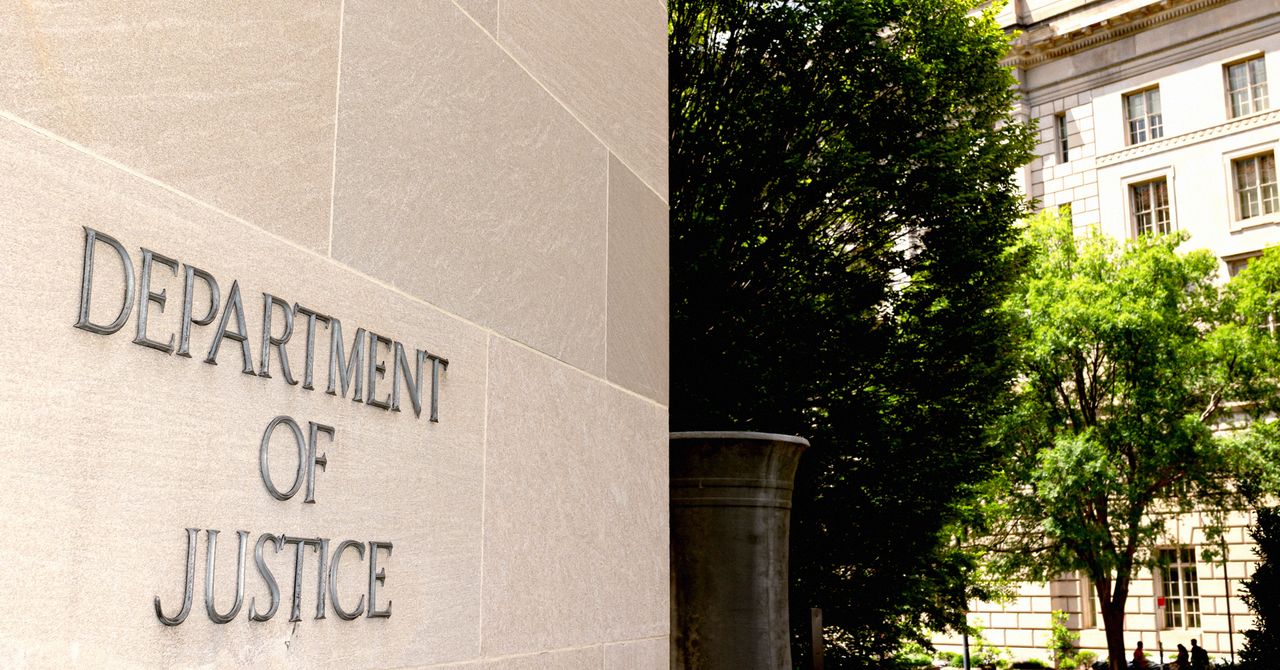Hello and welcome to THE most magical place on earth: Christmas Markets in Europe!
As your resident expert, I’m here to help you navigate and make the most of your time! I’ve been to over 100 Christmas Markets and I’m here to share the best.

This is your ultimate guide to Christmas market tips for first-time visitors! Whether you’ve been dreaming of sipping mulled wine under twinkling lights or finally experiencing the festive magic of Europe’s most charming holiday traditions, I’ve got you covered. After visiting countless Christmas markets across Europe, I’ve learned a thing or two about making the most of these magical experiences—and I’m here to share it all with you.
If this is your first time visiting a Christmas market, get ready for an unforgettable adventure. Picture this: cobblestone streets lined with wooden stalls, the smell of roasted chestnuts and spiced wine, and twinkling lights everywhere you look. It’s like stepping into a holiday dream! But with all that magic comes a few things you should know to make the experience as seamless as possible. Ready? Let’s dive into the best Christmas market tips for first-time visitors.
History of the Christmas Markets
The origins of Christmas markets date back to the late Middle Ages in German-speaking regions of Europe. These markets, originally known as “Christkindlmarkts” or “Weihnachtsmarkts,” were small winter markets set up to provide townspeople with a place to gather, socialize, and purchase goods in preparation for the Christmas season. The first documented Christmas market is believed to have been held in Dresden, Germany, in 1434. Known as the Striezelmarkt, it remains one of the most famous Christmas markets in Europe today. The name comes from “Striezel,” a type of cake traditionally sold at the market, which we now know as the famous Stollen.

In these early days, Christmas markets were a place where people could stock up on winter essentials like food, wood, and handcrafted items. Over time, they evolved into festive gatherings filled with holiday treats, decorations, and entertainment. Artisans began selling toys, ornaments, and handmade crafts, while stalls offering mulled wine, roasted chestnuts, and gingerbread became staples of the Christmas market experience. Today, Christmas markets continue to thrive, spreading from Germany to other parts of Europe and even the world, but they all still carry the same sense of warmth, community, and festive cheer that made them popular centuries ago.
When are Christmas Markets in Europe?
Christmas markets in Europe typically begin in late November and run through to Christmas Eve or just before.
Most markets open their festive stalls around the last weekend of November, with many continuing until December 23 or 24.

Some larger or more popular markets, especially in major cities like Vienna, Cologne, or Prague, might start even earlier and extend a bit beyond Christmas to include New Year’s Eve or the first week of January. These markets come alive during the Advent season, filling the chilly winter air with the scent of spiced mulled wine, roasted chestnuts, and holiday cheer. If you’re planning a trip, it’s a good idea to check specific market dates as they can vary slightly by location and region.
Plan Ahead and Know the Dates
It might sound obvious, but planning ahead is essential. Most Christmas markets run from late November until just before Christmas Eve, but dates can vary depending on the city or region. Some markets are open every day, while others may only be open on weekends or specific days. So, before you head out on your Christmas market adventure, double-check the dates and hours for the specific markets you want to visit.

Pro Tip: If you want to avoid the biggest crowds, visit the market during a weekday morning or early afternoon. The weekends, especially closer to Christmas, can get packed!
Where are the best Christmas Markets?
Hands down, Germany and France. And while I ADORE London at Christmas, they are not known for great markets. Germany, France, Austria, and Switzerland are where the heart of the Christmas Markets are!
But I’ve attended fabulous markets in Norway, Belgium, Romania, Croatia, Hungary, Sweden, Finland, Estonia, and the UK.
What are the best Christmas Markets in Europe?
This is highly subjective but I’ve made a list! Some of my favorites are here, and I’ve got a guide to each!
Europe is home to some of the most magical Christmas markets in the world, each offering its own unique blend of festive charm, history, and traditions.
How to Get Around at the Christmas Markets?
When it comes to getting around at the Christmas markets, there are several great options depending on your travel style. Whether you prefer the flexibility of driving, the scenic relaxation of a river cruise, or the ease of public transport, here are the best ways to navigate the festive season like a pro.
River Cruises: A Magical Way to Travel
We love this way to travel so much… WE CHARTERED OUR OWN RIVER CRUISE SHIPS AND BRING PEOPLE TO THE CHRISTMAS MARKETS!

One of the most unique and relaxing ways to visit multiple Christmas markets in Europe is by taking a river cruise. These cruises run along Europe’s most scenic rivers—like the Rhine, Danube, and Seine—and stop at various cities known for their spectacular Christmas markets. Imagine waking up in a new city every morning, ready to explore its festive streets, then returning to the cozy comfort of your boat by night.
Driving/ Rent a Car to Get Around at Christmas Markets
Why it’s great:
- No stress of driving or navigating public transportation.
- You can visit multiple markets without needing to pack and unpack each day.
- The added bonus of stunning views as you sail through picturesque winter landscapes.
Some of the most popular Christmas market river cruises take you to places like Cologne, Vienna, Budapest, and Strasbourg, giving you the chance to experience the magic of several markets in one trip.
If you love the idea of exploring multiple markets in one day or want the freedom to move at your own pace, driving is an excellent option. Renting a car allows you to visit not only the major Christmas markets in large cities but also the charming, smaller ones tucked away in the countryside. With a car, you can easily hop between nearby cities, or even head across borders to explore other regions (hello, Germany, Austria, and France all in one trip!).

Pro Tip: Many cities have convenient parking garages near the markets, making it easy to park and explore. Just keep in mind that Christmas markets can get busy, especially on weekends, so aim to arrive early to snag a good parking spot.
Public Transport
If you’re staying in one city and don’t want the hassle of finding parking or dealing with traffic, public transport is your best bet. Many European cities have excellent bus, tram, and metro systems that will take you straight to the heart of the Christmas markets. This is a great option if you’re staying centrally or don’t plan to venture too far from the main markets.
Pro Tip: During the festive season, many cities offer special Christmas market passes for unlimited public transport, making it even easier to hop between markets without worrying about tickets.
Trains
Europe’s extensive train network makes it a fantastic option for traveling between cities, especially if you want to hit several Christmas markets in one trip. Major cities like Cologne, Vienna, Munich, and Prague are well-connected by trains, allowing you to travel comfortably and efficiently. Plus, many Christmas markets are located near train stations, making it a smooth transition from the platform to the festive stalls.
Pro Tip: High-speed trains like the ICE or TGV can get you from one city to another in no time. You can easily visit multiple markets in a day or spend the night in a new city without the stress of driving.
Bundle Up—It’s Cold Out There!
One thing you’ll quickly learn is that Christmas markets are usually outdoor affairs, and they can be chilly! Be sure to dress warmly. Layers are your best friend, as they’ll help you stay comfortable whether you’re standing by an open fire pit or strolling through chilly streets. Don’t forget your winter essentials—scarves, hats, gloves, and comfy shoes are a must.
Pro Tip: If you feel the cold creeping in, warm up with a mug of Glühwein (mulled wine) or hot chocolate. Most markets also have cozy spots with heaters or fire pits where you can take a break from the cold.
❄️ Europe Packing Must Haves! ❄️
Bring Cash (And Keep Some Coins Handy)
While more and more markets are starting to accept credit cards, many stalls still operate on a cash-only basis. It’s a good idea to bring cash with you, and make sure to have smaller bills and coins, especially for food and drink purchases. Some markets also require a small deposit for reusable cups or mugs, which you’ll get back when you return them.

Pro Tip: Many Christmas markets also have ATMs nearby, but they can run out of cash quickly, especially on busy days. Be prepared and withdraw money beforehand if possible!
The Pfand
***In Germany, the term “Pfand” (pronounced like “fund”) refers to a deposit system commonly used for recyclable items, such as bottles, cans, and even reusable Christmas market mugs. The idea is simple: when you purchase a drink or certain other items, you pay an additional small fee (the Pfand) on top of the cost. This fee is refundable when you return the item, encouraging people to recycle or return reusable containers instead of discarding them.

At Christmas markets, for example, when you buy a mug of Glühwein (mulled wine), you’ll pay a Pfand for the festive mug it comes in. If you choose to return the mug, you’ll get your deposit back. However, many people opt to keep the mugs as souvenirs because each market often has its own unique design. This system helps reduce waste and promotes sustainability while giving visitors the option to take home a little piece of the market as a keepsake.
Each Christmas Market has its own unique mug!! Some of the markets each have their own mug! Example: in Heidelberg different markets all have the same mug (with the year!) but in markets like Vienna each market has it’s own themed mug! I LOVE the Angel market in Cologne’s mug.

PRO TIP: if you decide you want to keep your mug after drinking your drink (Glühwein, hot chocolate, etc), you can go back to the placewhere you bought it and they’ll exchange it for a clean one!
Eat Like a Local: Try the Traditional Foods
One of the best parts of visiting a Christmas market is the food! From savory bratwursts and cheesy raclette to sweet treats like gingerbread and roasted almonds, there’s something for everyone. Don’t be afraid to try some of the local specialties. Every region has its own unique Christmas market food offerings, so take advantage of it.
Pro Tip: Start with something warm like a bowl of goulash or a bratwurst sandwich. Then treat yourself to something sweet like Lebkuchen (German gingerbread) or Kaiserschmarrn (Austrian shredded pancake). And don’t forget to wash it all down with Glühwein or hot cider!

Pick Up a Souvenir Mug
Most Christmas markets serve their drinks in cute, festive mugs that you can either return for a deposit or keep as a souvenir. These mugs change from year to year, and each market often has its own unique design, making them a perfect memento from your trip. If you want a keepsake, simply don’t return the mug when you’re finished—just consider the deposit part of the cost!

Pro Tip: Some markets even have limited-edition mugs, so keep an eye out for those if you want a special piece to take home.
Go Early and on Weekdays to Beat the Crowds
Christmas markets are incredibly popular, and for good reason—they’re magical! But that also means they can get extremely crowded, especially in the evening or on weekends. If you want to enjoy the market at a slower pace and take your time browsing the stalls, consider going early in the day when it’s less busy.
Weekdays are also a great way to avoid crowds!

Pro Tip: If you want to see the market in all its glowing, twinkling glory, go early in the day and then return at night to see the lights without battling the peak evening crowd.
Extra Tips for the Christmas Markets
When visiting Christmas markets, you’ll definitely want to bring an extra bag, typically a backpack, to carry all the wonderful treasures and goodies you’ll pick up along the way. From handmade ornaments and cozy scarves to delicious treats like gingerbread and candied nuts, you’ll find yourself stocking up on unique gifts and souvenirs.

A backpack is perfect because it keeps your hands free to sip mulled wine or nibble on a bratwurst while exploring. Plus, it’s a smart way to stay organized and avoid juggling multiple bags—especially if you’re hopping between markets. Just remember to pack light at the start of the day, so you have plenty of room for all your holiday finds!
The chill can creep in while you’re wandering the markets, especially if you’re holding a drink or snapping photos. Bring some reusable hand warmers to keep cozy while you explore the stalls.
Don’t Forget to Check Out the Local Crafts
Christmas markets are a treasure trove of unique, handmade gifts and crafts. From hand-carved wooden toys to delicate glass ornaments, you’ll find plenty of one-of-a-kind items that make perfect gifts for loved ones—or yourself! Take your time to browse the stalls, and don’t be afraid to chat with the artisans about their work.

Pro Tip: Many markets have different vendors throughout the season, so if you’re visiting more than once, you might see something new each time!
Know the Local Customs
Different countries (and even different cities) have their own unique Christmas market traditions. In Germany, for example, the atmosphere is often more traditional, with a focus on local crafts and hearty food. In other places, you might find more modern stalls or entertainment, like live music and ice skating rinks. It’s worth reading up on the local customs before you go so you can appreciate the market’s history and atmosphere even more.

Pro Tip: If you’re visiting a German market, keep an eye out for special treats like Stollen (fruitcake) or Feuerzangenbowle, a flaming punch made with rum-soaked sugar.
Stay Hydrated and Bring Snacks for Kids
With all the delicious food and drink available, it’s easy to forget to stay hydrated—especially when you’re sipping on mulled wine or hot chocolate. Be sure to drink water throughout the day, and if you’re visiting with kids, bring some snacks to keep them energized while you explore the market.

Pro Tip: Many markets have family-friendly areas with activities for kids, like carousels or ice skating rinks, so plan some time to let them burn off energy while you enjoy the festive atmosphere.
Final Thoughts on Christmas Market Tips for First-Time Visitors
There’s something undeniably magical about visiting a Christmas market for the first time. From the twinkling lights and festive food to the handmade crafts and warm mugs of Glühwein, it’s an experience you won’t soon forget. With these Christmas market tips for first-time visitors, you’ll be ready to dive into the holiday spirit like a pro. So bundle up, grab your cash, and prepare for a festive adventure!








Leave a Reply